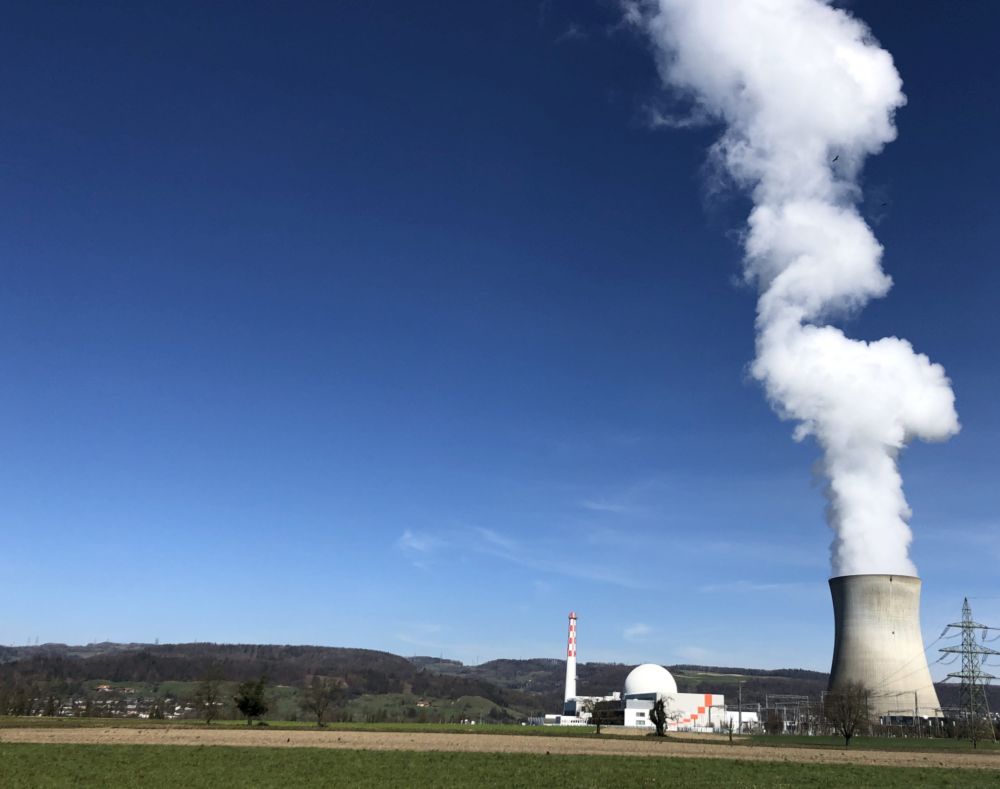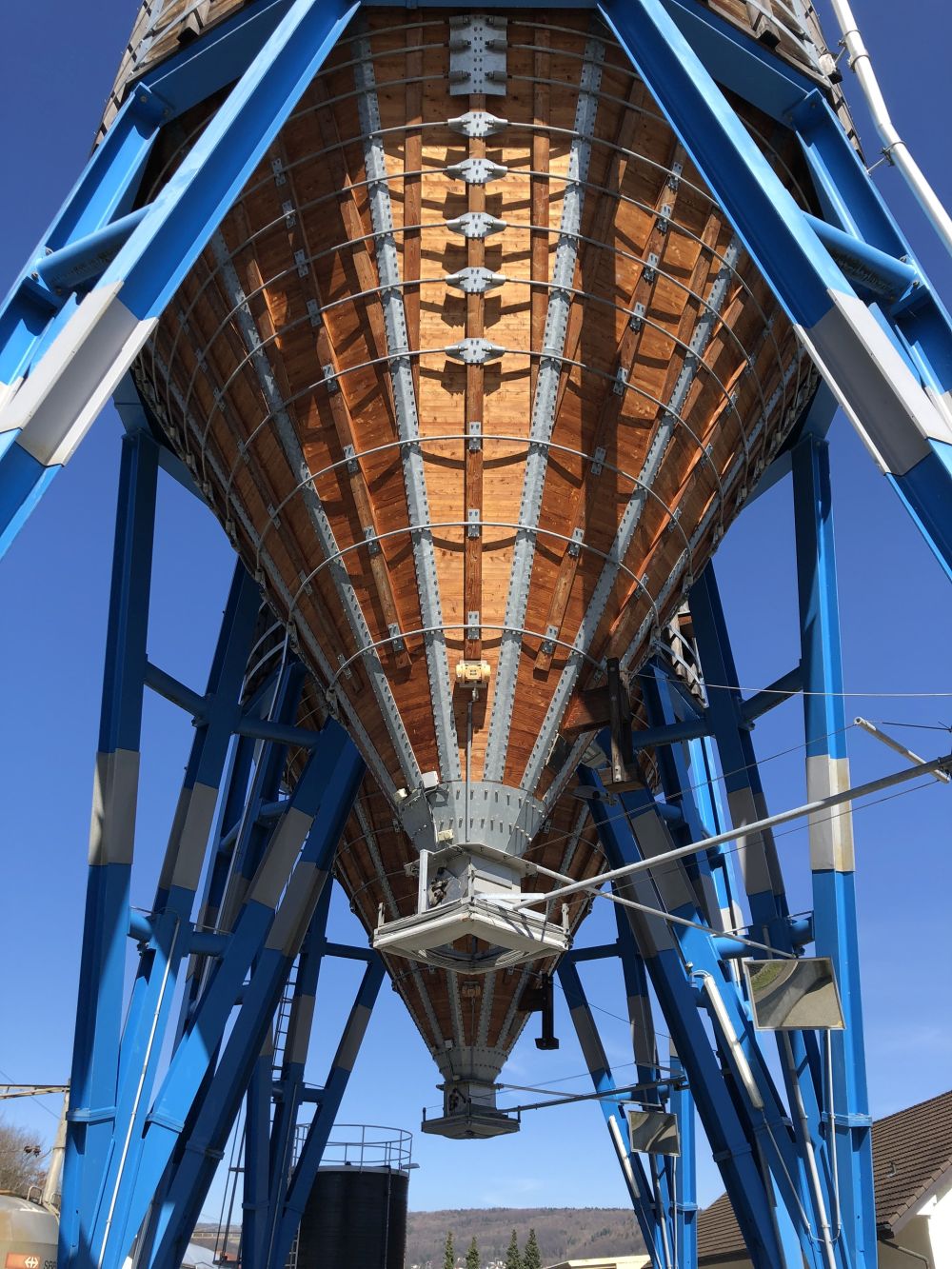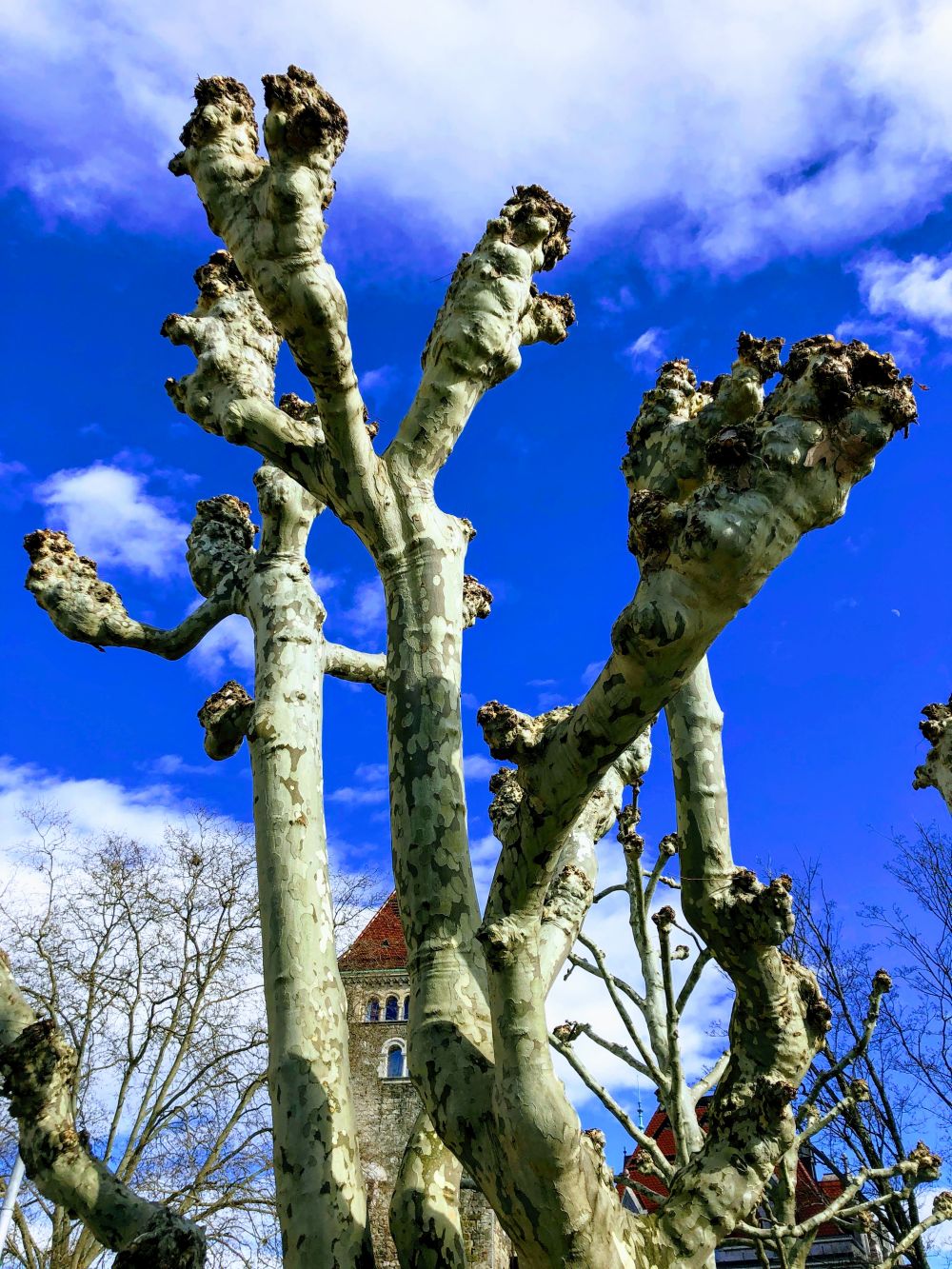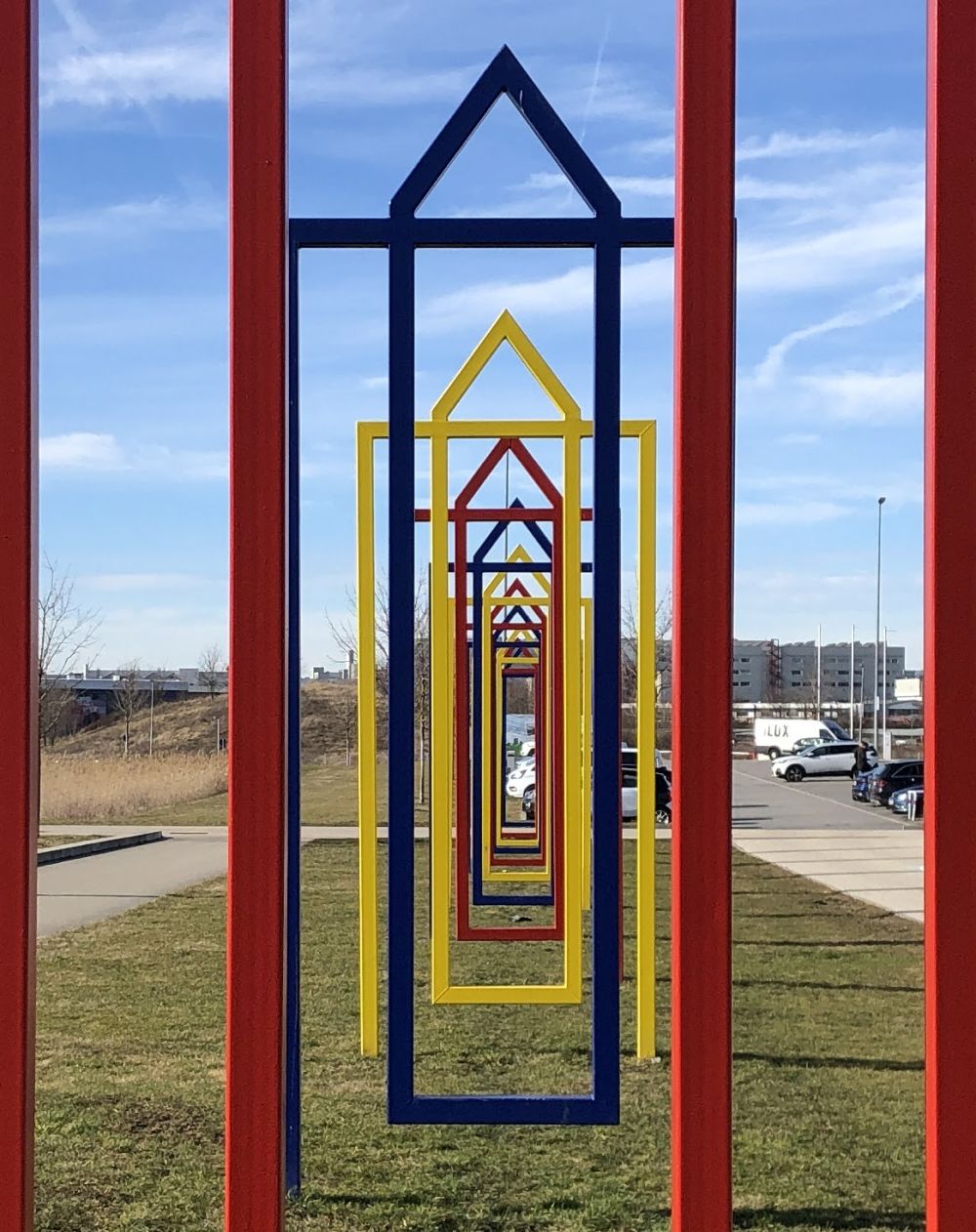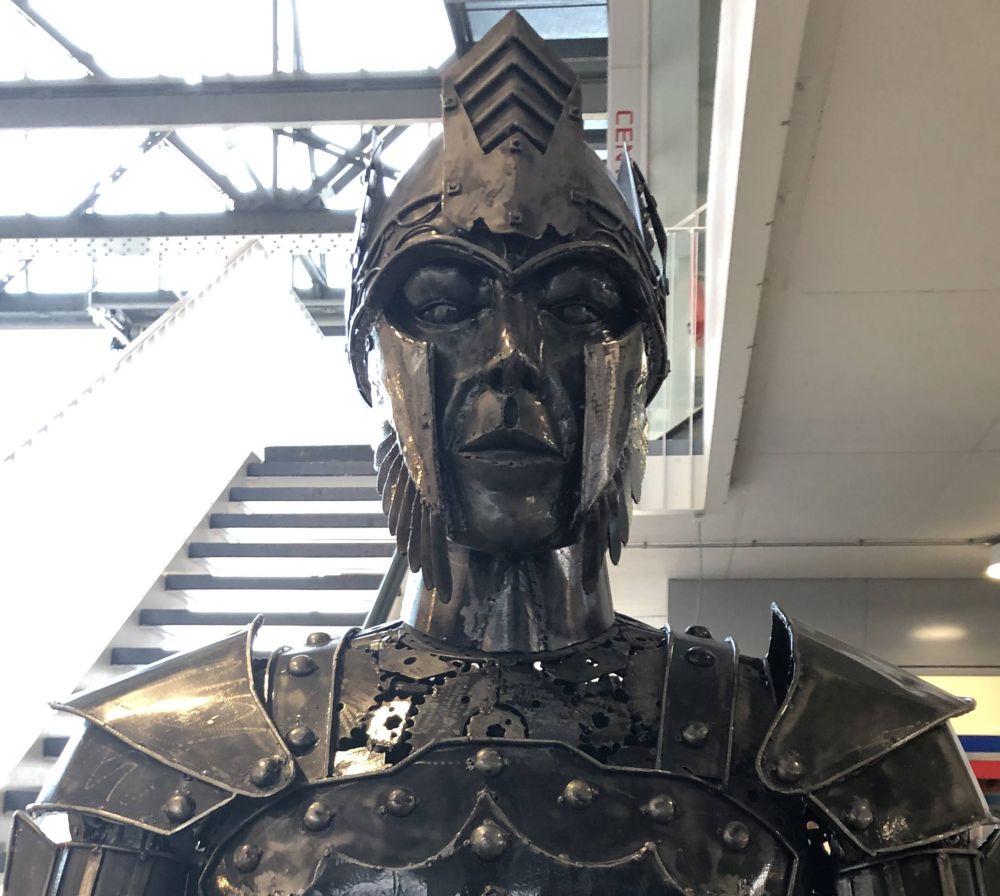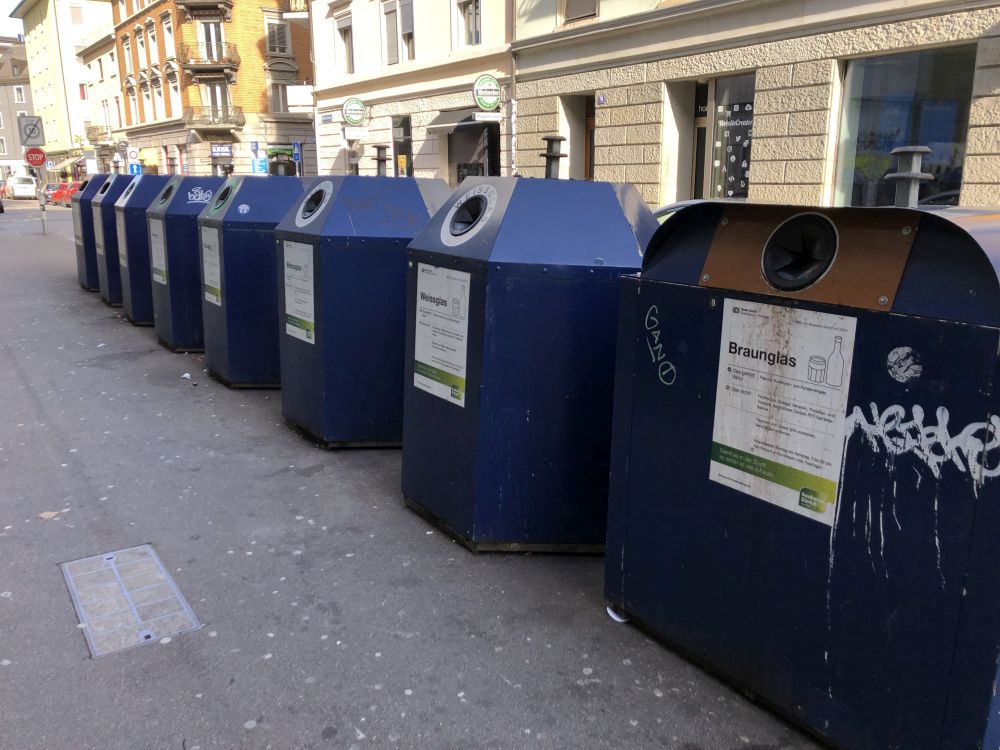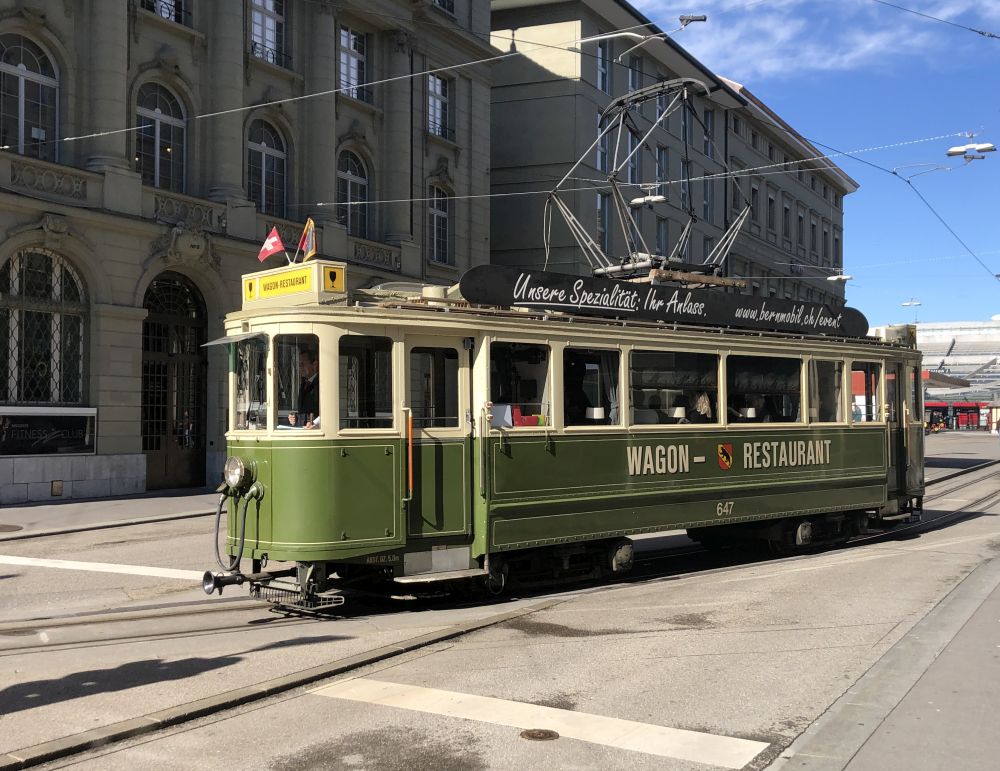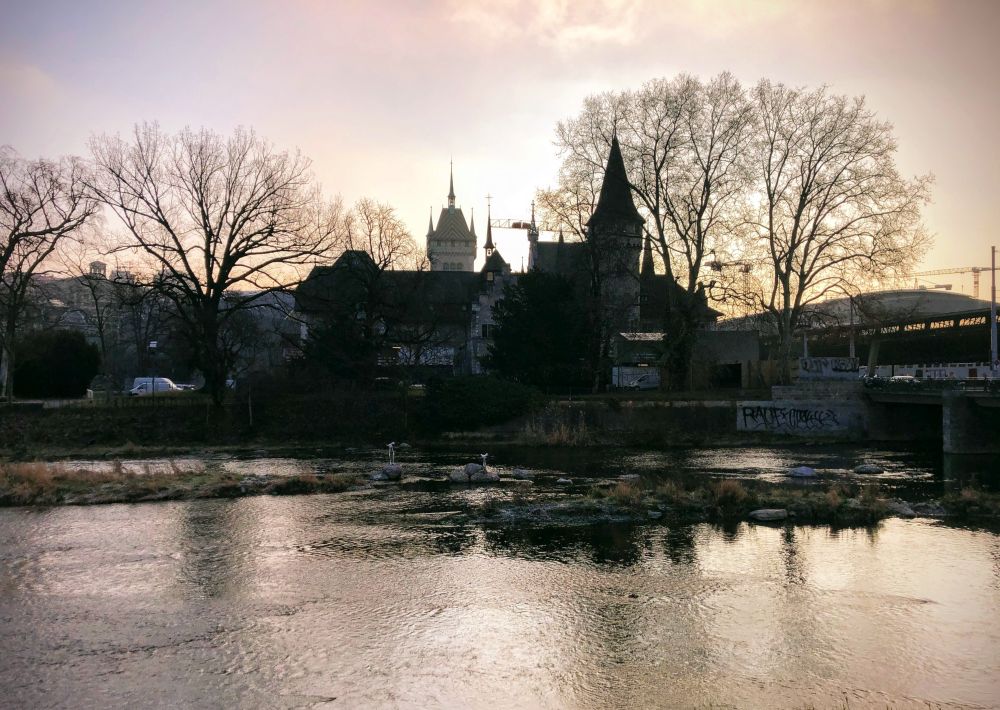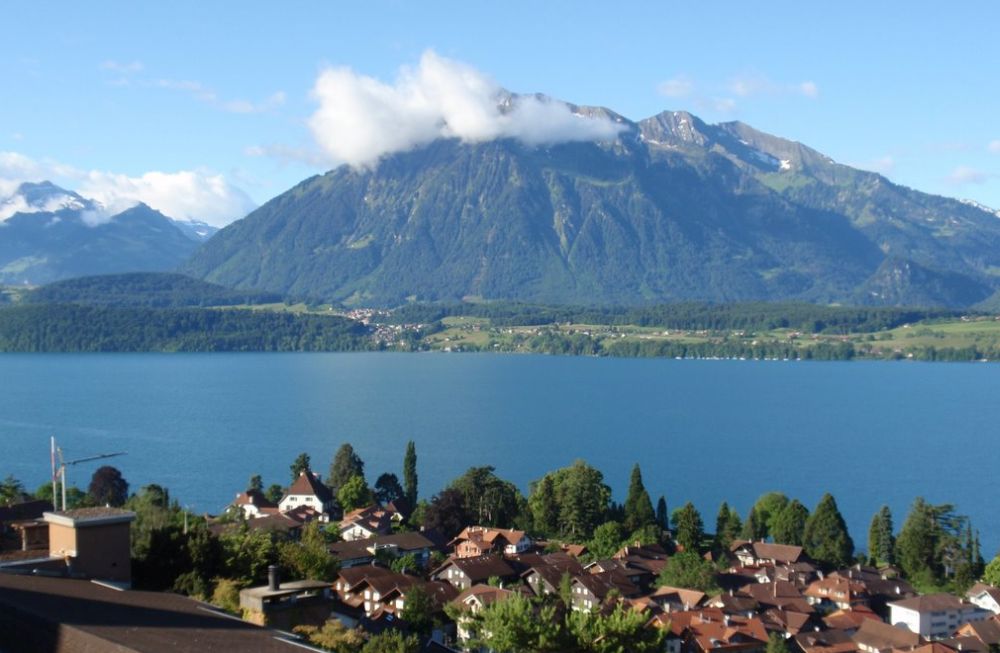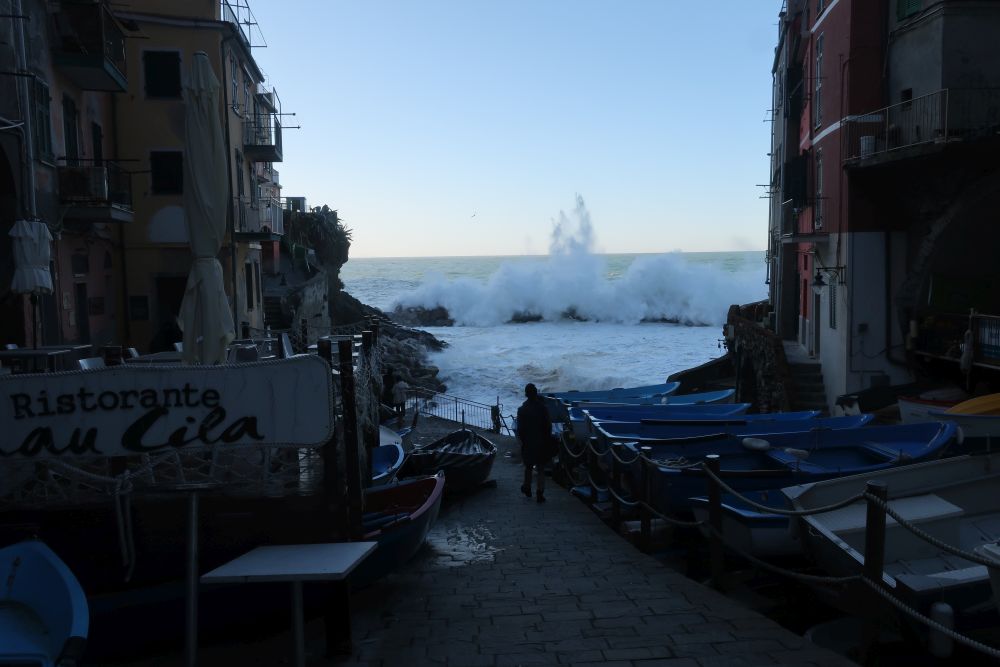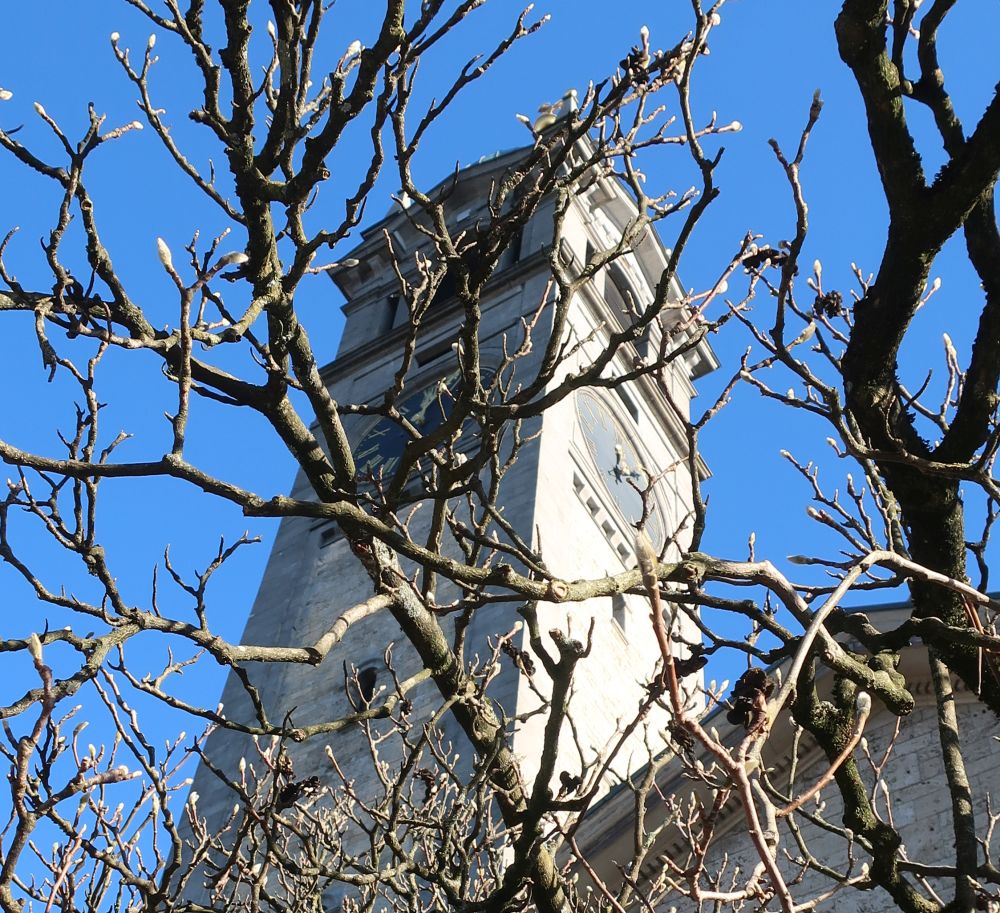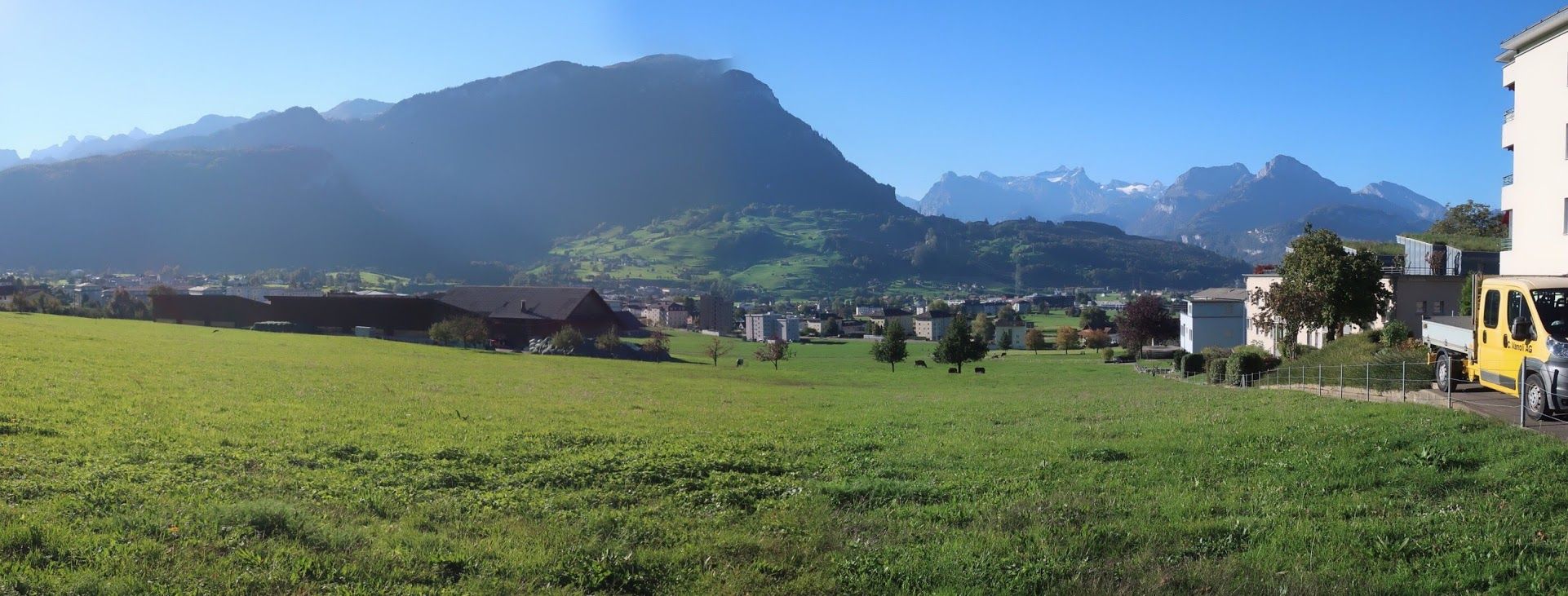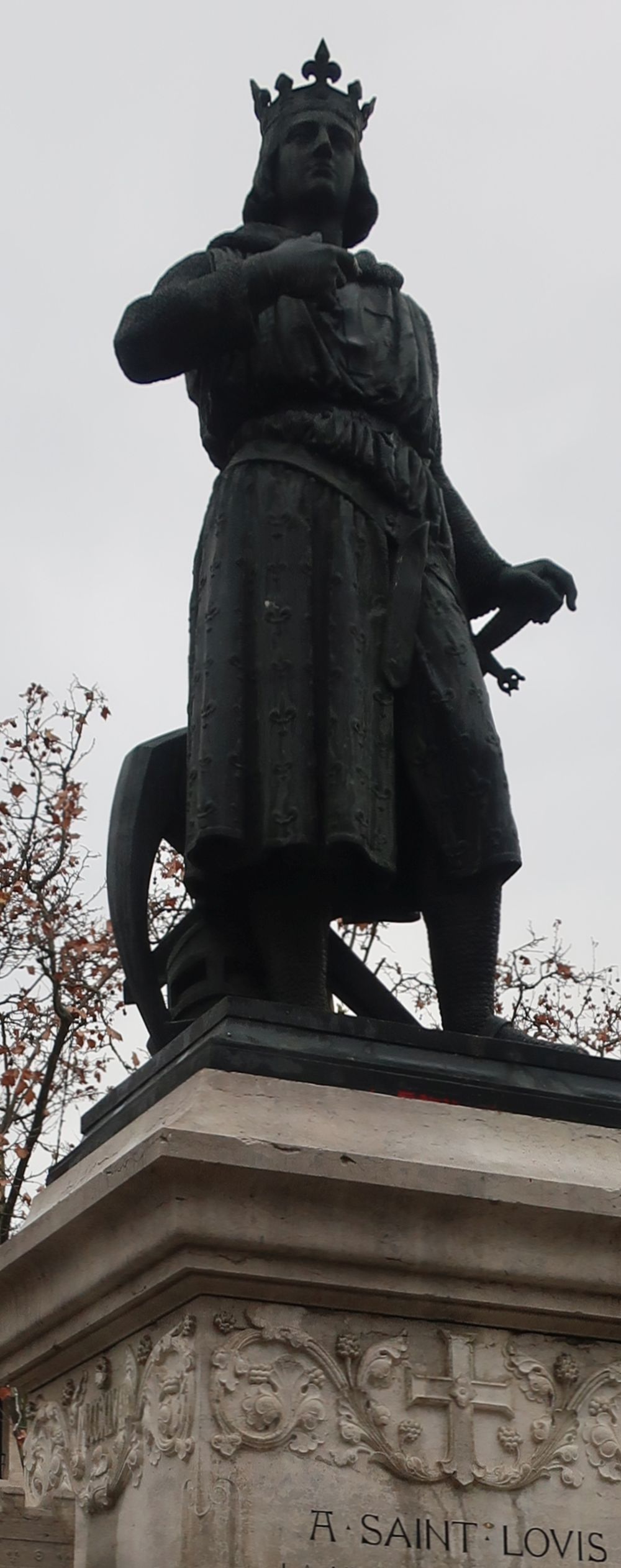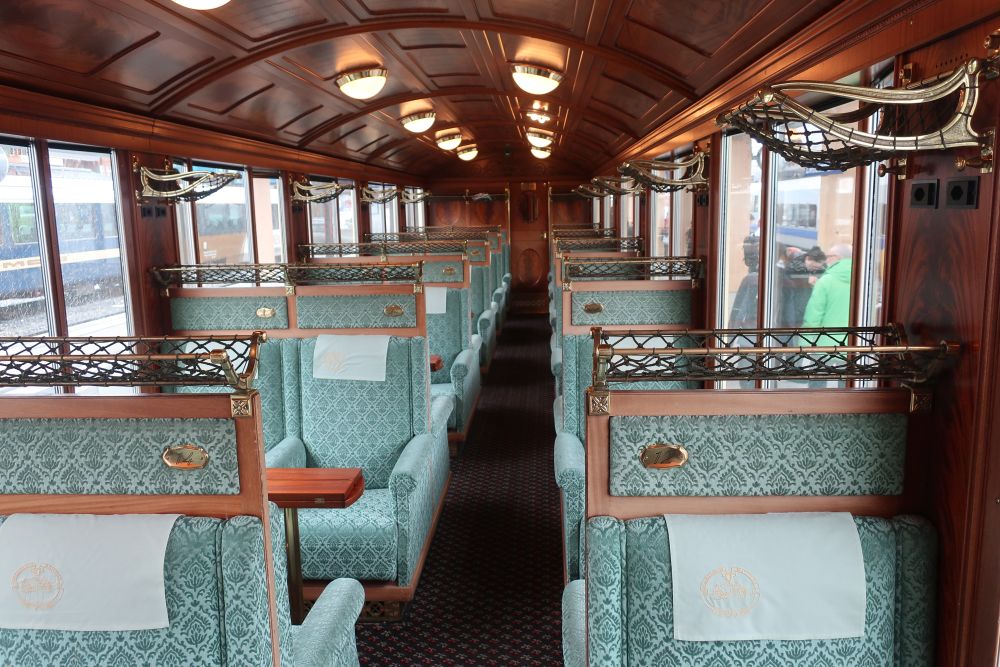As artistic a snap as I thought I could get of Switzerland’s largest atomic power plant,
Hopper Handwerk
Cooling in Leibstadt
FAKE: Lausanne Trees
This is what Google did to one of my snaps of a budding tree in Lausanne, just a few meters from Lac Léman,
Just for the record: the photos I post are never in any way retouched or enhanced or changed – except for cropping.
But in this series of blog posts entitled FAKE I publish some rather interesting images I have enhanced in some way.
Cold fusion: A LESSON from Kelvin Lynn, and a STORY
Recently, my friend and mentor Kelvin Lynn for over 30 years passed away. In so many professional and personal ways I would not be who I am today without the strong positive influence of Kelvin. He mainly taught me it’s never about the subject or how you approach it, whatever that subject might be – it’s about the people you encounter on your journey and how you treat them. Recently, one of his other mentees Marc Weber – now a world renowned physics professor in Washington – recounted some early stories of our first years with Kelvin. What follows below is one of those stories, namely, my own.
In 1989 I was a young 24-year-old aspiring physicist who wanted to change his specialty, and Kelvin spared no efforts to help me out, to help me find a new grad school, and invited me to Brookhaven National Laboratory on Long Island, in New York, to work for him as a lab technician until things got settled. The first task he assigned to me: help him research „cold fusion,“ a phenomenon recently reported by two chemists in Utah, in which they claimed nuclear fusion (like in the sun) could be created with a little battery and an electrochemical cell. I always guessed it was this combination of the Utah connection together with the promise of a Nobel prize that drove Kelvin‘s special passion to tackle this topic. But I don‘t think Kelvin worked on anything without passion – and for a brief while, this was at the top of his passion list.
First, an important lesson he taught me in the beginning. Like 99.9% of the physics community, I believed cold fusion was pseudo-science: a made-up lie or an egregious goof, not worth anyone‘s time to study further. Kelvin corrected me at once, and in a stern way to let me know how serious this was: not only did he say public opinion must not influence us in any way, but he told me our job as serious experimental scientists was exactly to investigate phenomena and, if they did not exist, absolutely prove it beyond a shadow of a doubt. Reproducibility was crucial in the process.
Those were two major lessons I’ve carried with me ever since.
But then, a funny story for anyone who knew how fast Kelvin could think and react. As part of our experiment we built a huge water bath the size of a large bathtub, and we filled it with electrochemical cells like they use for electric plating of metals. This was supposedly how cold fusion could be triggered, with a battery, inside of these cells. All the electrical power meant that our bathtub full of water was at a very warm and comfortable 70 – 80 degrees F, just like an aquarium. So as a creative-but-still-quite-juvenile 24-year-old I thought: wouldn‘t it be cool to add a few goldfish? They would not disturb our experiment in any way, but our laboratory would be nicer with some pretty fish swimming around in the bathtub.

So I went to the pet store together with another student, Peter Dull, to buy a few goldfish. (Peter also thought it would be a fun idea.)
Anyway, a day later and before Kelvin could find out about the fish, the Director of Brookhaven National Laboratory decided to personally visit our laboratory and experiment together with a group of BNL‘s highest ranked Senior Scientists. This was the first time Kelvin learned about or saw the fish. The Director was shocked to see goldfish in a physics laboratory – as I recall, the Director screamed more than a few obscenities! The other Senior Scientists were similarly shocked. But Kelvin did not miss a beat! In a very calm voice he corrected the Director: cold fusion had the potential to be so dangerous to human life that we felt obligated to add the goldfish, to act as our canaries-in-the-mine in case any hazardous radiation was released! Of course, neutrons were expected as a key signature from cold fusion (just like regular fusion).
Under pressure, Kelvin could sell anything, to anyone, at any time. So it was no surprise the Director and the Senior Scientists believed this – well, mostly – and the talk quickly changed to more serious subjects.
By the way, Peter Dull was one of many, many of Kelvin‘s students went on to have a stunning international career. Now a medical doctor, Peter worked for the Center for Disease Control (CDC) and was in charge of managing the SARS virus outbreak some years ago. And today Peter works directly for Bill Gates, in charge of all immunization research for the Gates Foundation. I never believed Kelvin picked superstars for his team – I am living proof of that. Rather, a few years working closely with Kelvin could turn some people like Peter and many, many others into superstars.
Kelvin Lynn paid forward the gift from one of his early teachers who noticed the spark of scientific curiosity in a kid running wild in the hills of South Dakota.
Epilogue: The goldfish became even more famous. Turning belly-up due to cold fusion would show their lighter color side. So a simple photo-detector would suffice rather than expensive neutron detectors. Well, as Nature will have it, the fish perished rapidly. It turns out, however, they did not succumb to neutron radiation but got entangled in the propeller of the water circulation system to keep the tank temperature homogeneous.
Mind-blowing Metal Sculpture from the mind-blowing Auto World
This is the mind blowing art that greets visitors as just before they enter the mind-blowing Auto World in Sindlefingen, Germany:
But what is Auto World, you may ask? It is a mind-blowing concept that is totally unique to Germany, and in upcoming blog posts I will be sharing more information about this!
Mind-blowing Metal Man from the mind-blowing Auto World
More garbage in Zürich
Continuing the series, here is a long bank of recycling contains in Zürich,
The mind blowing restaurant trams of Switzerland
As any visitor to a large Swiss city like Zürich knows, the Swiss are proud of their public transportation – and rightly so. Next to Japan, it’s the most punctual and reliable transportation in the world.
But did you know something else?
The big cities in Switzerland have large collection of antique electric trams – and some of these trams have been turned into travelling restaurants, such as this snap of a restaurant tram in Bern shows:
I’ll post more pics of restaurant trams in different cities as time permits.
The mind-boggling potassium mines of Alsace
The United Nations – falling apart
FAKE: Zurich Castle
This is what Google did to one of my snaps of a castle in Zurich, right next to the main train station (Zürich Hauptbahnhof). Even the original photograph is quite impressive – it was taken with my little point-and-shoot camera in color mode, yet it turned out nearly black and white.
Just for the record: the photos I post are never in any way retouched or enhanced or changed – except for cropping.
But in this series of blog posts entitled FAKE I publish some rather interesting images I have enhanced in some way.
Amazing futuristic city in the Camargue – 8
Continuing the series,
Niesen Supervolcano spewing hot volcanic steam
Here is a sight that is increasingly becoming less rare in the Swiss Alps, namely the mighty Niesen Supervolcano spewing extremely hot volcanic steam from its crown:
The Niesen Supervolcano located deep in the Berner Oberland of Switzerland is one of nine such supervolcanos world wide, with underground magma chambers many dozens of kilometers in extent. Most geologists concur when, not if, the Niesen Supervolcano erupts it will distinguish all life in Europe.
Lake Geneva Panorama
FAKE: Prime Tower
This is what Google did to one of my photographs – Google applied some interesting colors, not actual colors you’d ever see with your eyes, but nice colors nonetheless:
Just for the record: the photos I post are never in any way retouched or enhanced or changed – except for cropping.
But in this series of blog posts entitled FAKE I publish some rather interesting images I have enhanced in some way.
Cinque Terra on the Ligurian coast of Italy – 2
Continuing the series, this is a shot of Riomaggiore. All the five Cinque Terra towns have big stone breakers, and at the right time of the day the crashing waves can be as high as 30 meter in the air. Most of these boats are all real fishing boats, used by real fishermen:
Zurich Church
Amazing futuristic city in the Camargue – 7
Continuing the series, one of the best ways to view the city is not from within the city itself, but from a distance:
Amazing roadside cathedral in Schwyz
Continuing the series, the magnificent Swiss canton of Schwyz has marvels that could easily cause the eyeballs of outsiders to explode, as this snap of a roadside cathedral shows:
Amazing futuristic city in the Camargue – 6
Continuing the series, I am quite glad I decided to publish these snaps one at a time. Each of them are so intensely amazing, if you were see more than one, there is a very real danger that your brain would explode!
Within the futuristic city I don’t know if I would go so far as to say there are thousands of buildings like this, but it is no exaggeration to say there are zillions of them at least, if not many more!
Winter sunrise in the Berner Oberland
The amazing Swiss canton of Schwyz
Switzerland has only amazing, magnificent cantons, and the canton of Schwyz is no exception:
Aigues-Mortes – 4
Continuing the series, here he is, the only French King to be declared a Catholic saint, on display in a prominent square in the city: Saint Louis, IX or a statue in his honor at least. He’s the fellow that started not just one but two Crusades, where hoards of marauding Christians marched into Jerusalem, in an attempt to re-capture it from the Moors.
Pullman Coach on the Glacier Express
There is a wonderful train – some might call it a luxury train, although I’d stop just a bit short of saying that – that runs through the south of Switzerland, from St. Moritz to Montreux.
Passengers sit in honest-to-goodness Pullman coaches, like this one shown here:
To be sure, it’s hard to imagine a more uncomfortable ride – the seats are fancy but hail from the days before the term ergonomics was in common use.
One of the wonderful fringe benefits of having a first class railcard (a so-called GA) for the Swiss Federal Railways is that you can take magnificent railway journey such as this, as often as you like, with no extra fees!
